Goals
- Knowing what site factors are.
- Being able to explain what ecosystems, organism communities and populations are.
- Understanding why different forests grow in different environments.
- Identifying the most common tree species of Northern Europe.
Various factors influence what kind of a forest can grow in a certain area. The structure of the soil, the availability of nutrients, the amount of sunlight, the variation in temperature and the amount of rainfall all have an effect in determining what kinds of plants will thrive in a specific place. Because different plants compete for these site factors, a forest contains only the species that have best adapted to its conditions.
The individuals of a certain species that inhabit a specific area form a population. For example, a stoat population of a certain region consists of all the stoats that live in that region. An organism community of a forest consists of all the different populations of organisms that live in the same forest. A forest ecosystem is the result of the interaction between its organism community and its non-living environment.
Forests can be classified in different ways.
The easiest way is to classify forests into types according to the trees that grow in them. By following this method of classification, we arrive at three distinct types of forests:
Forests can also be classified in accordance with their soil type and the plants typically found in their undergrowth:
For many people living in cities, parks are the most well-known forest-like environment. Parks are different from natural forests in many different ways, most notably in terms of their species, as well as because their plants are often watered and taken care of by humans.

Broadleaf forests are dominated by broadleaf trees. Young broadleaf forests mostly consist of rapidly spreading and growing tree species, such as birch, willow, and aspen. In broadleaf forests, the amount of sunlight that reaches the ground level is high in spring when the trees have not yet grown their leaves, but low during the summer when the foliage is at its full growth. Because of this, the undergrowth consists mainly of flowers, grasses and shrubs that flower during the spring and otherwise thrive in shady conditions.
Broadleaf forests are important habitats for many bird and mammal species. For example, aspens are important trees for a number of different animals. Their bark and branches are the food of hares and moose during the winter. Their leaves are eaten by various insects, which themselves are the food of many different birds. Woodpeckers also carve their nests in the soft trunks of aspens. After woodpeckers have nested in the aspens, the nest holes can be used by other birds, such as great tits.
Broadleaf forests grow in regions where the soil is water-absorbent and rich in nutrients, and where the yearly temperature is warm. Groves are a type of broadleaf forest where so-called "noble" broadleaf trees, such as oaks, maples, and elms, can be found.
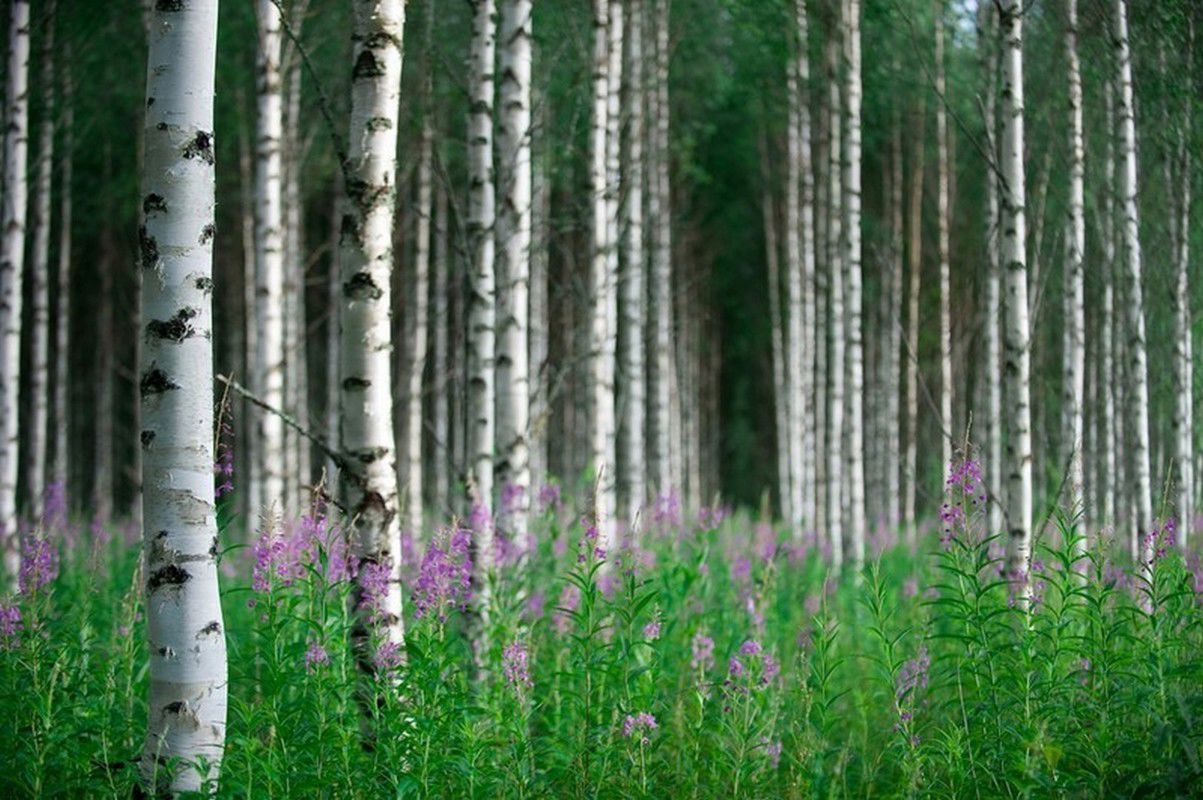
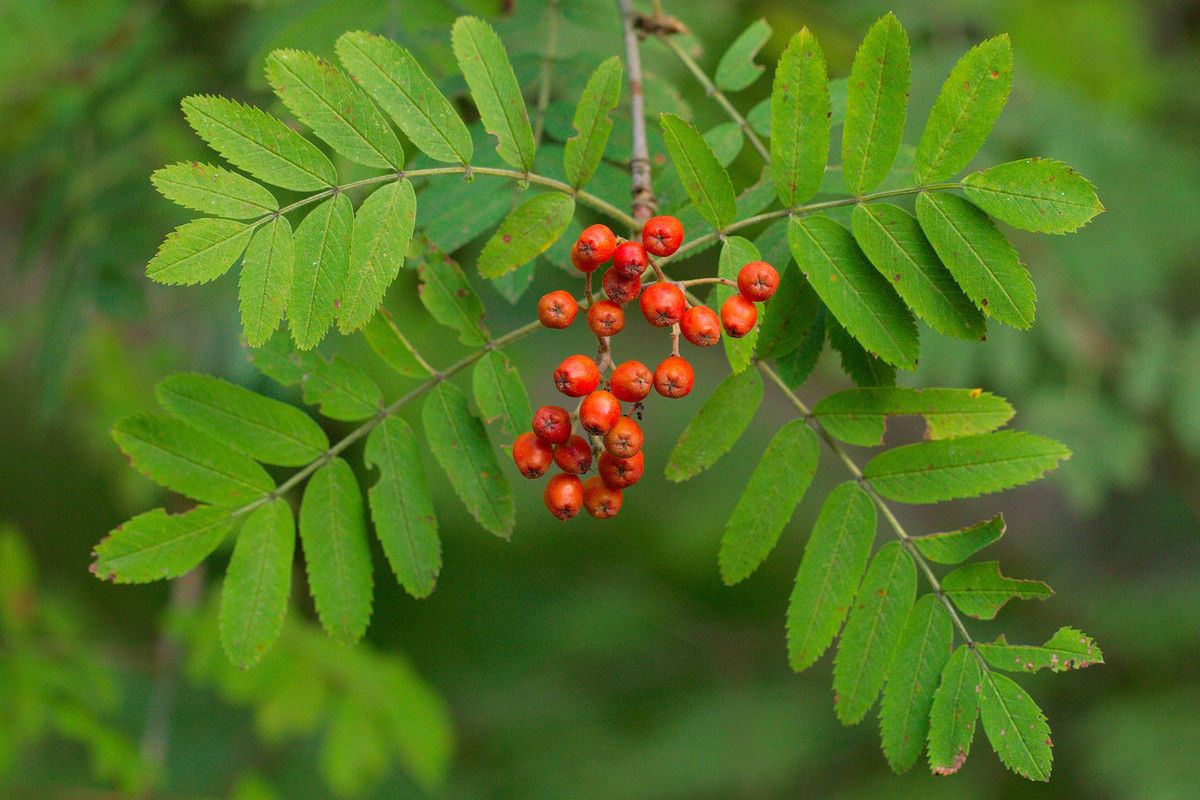
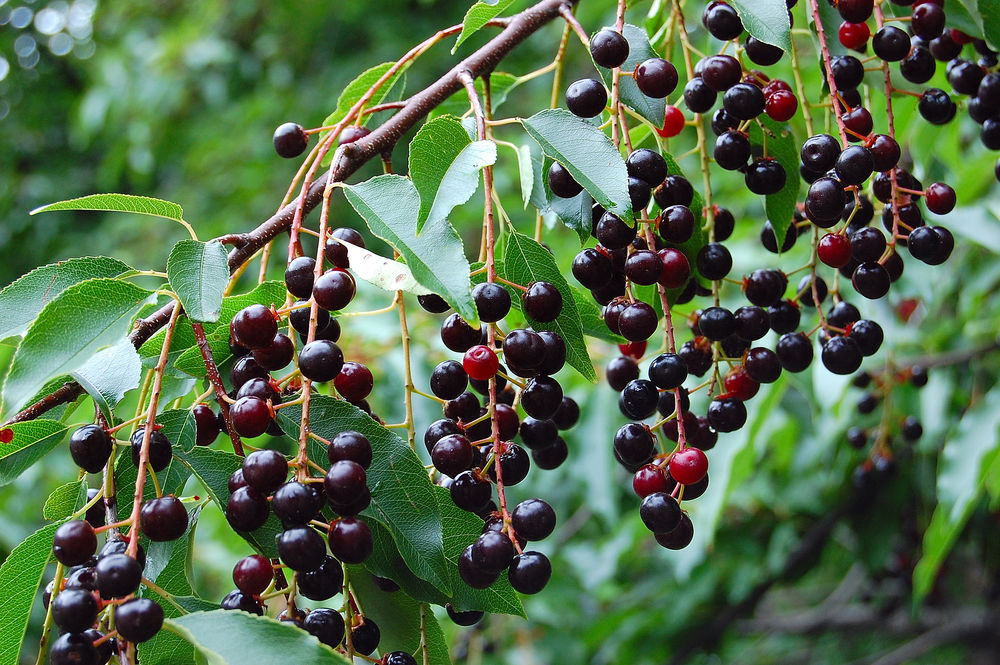
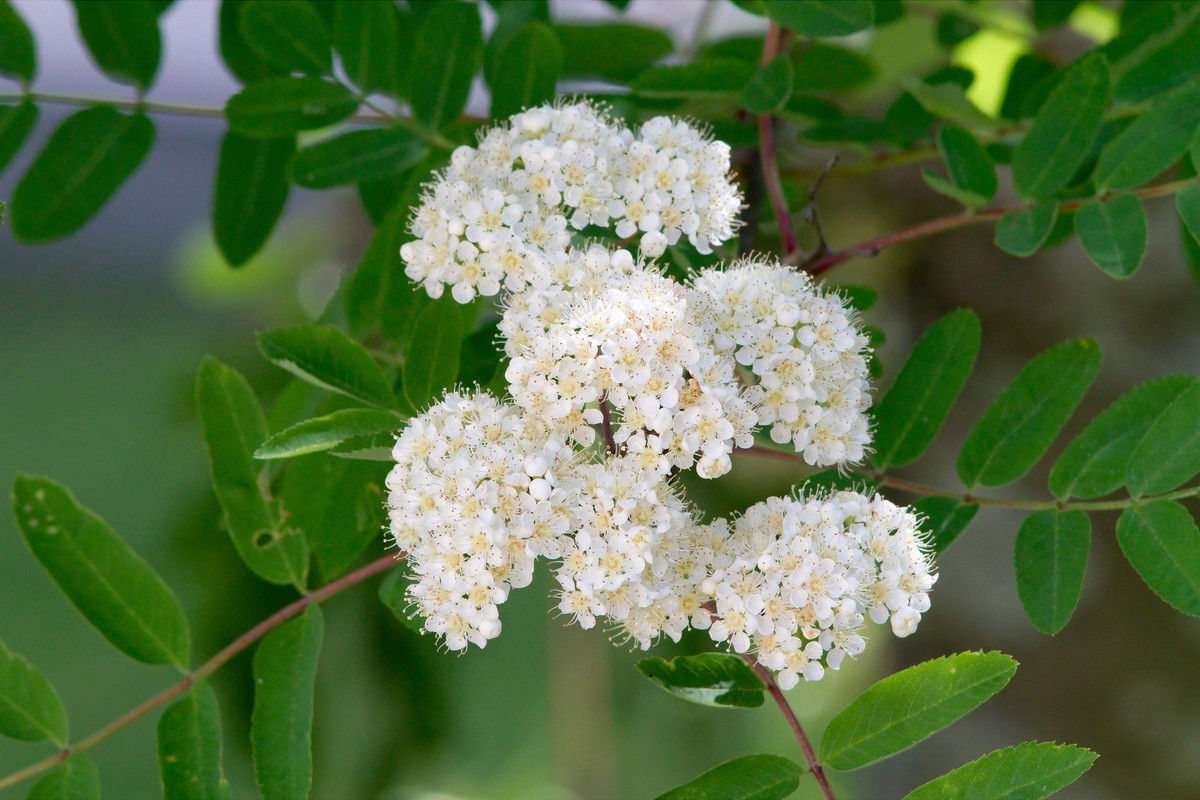
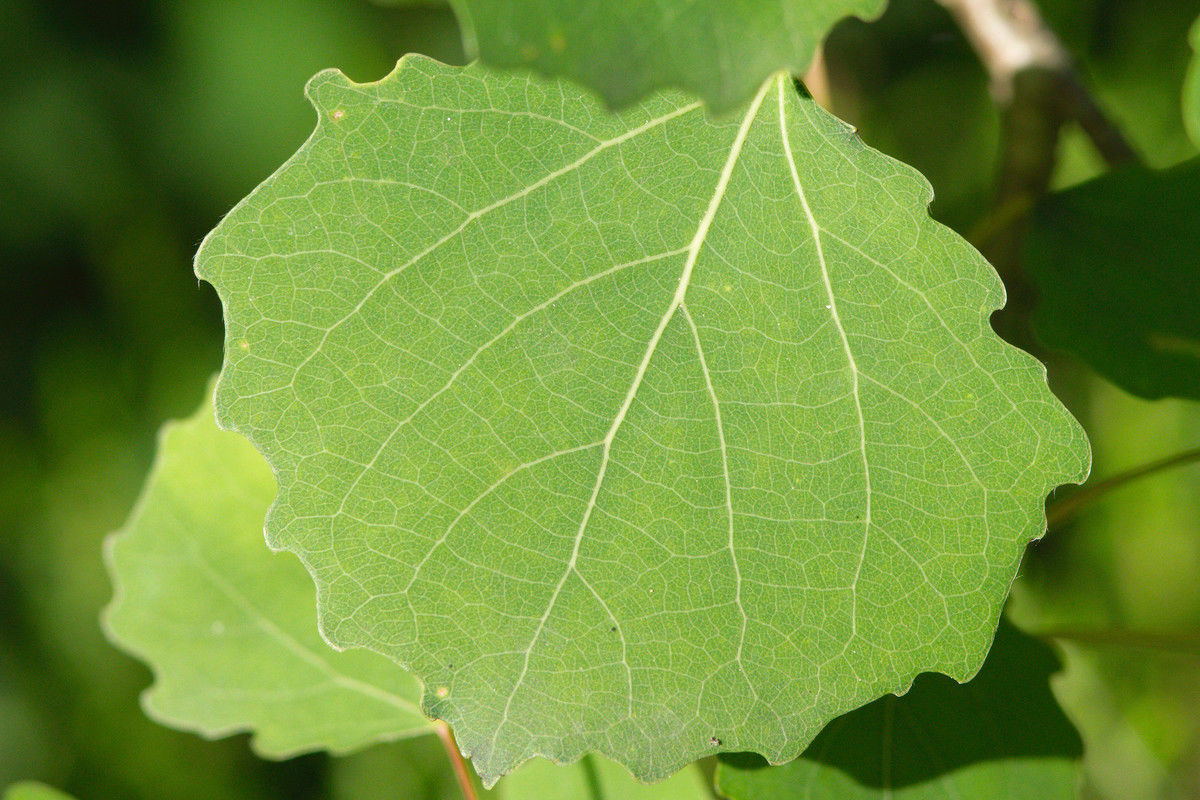
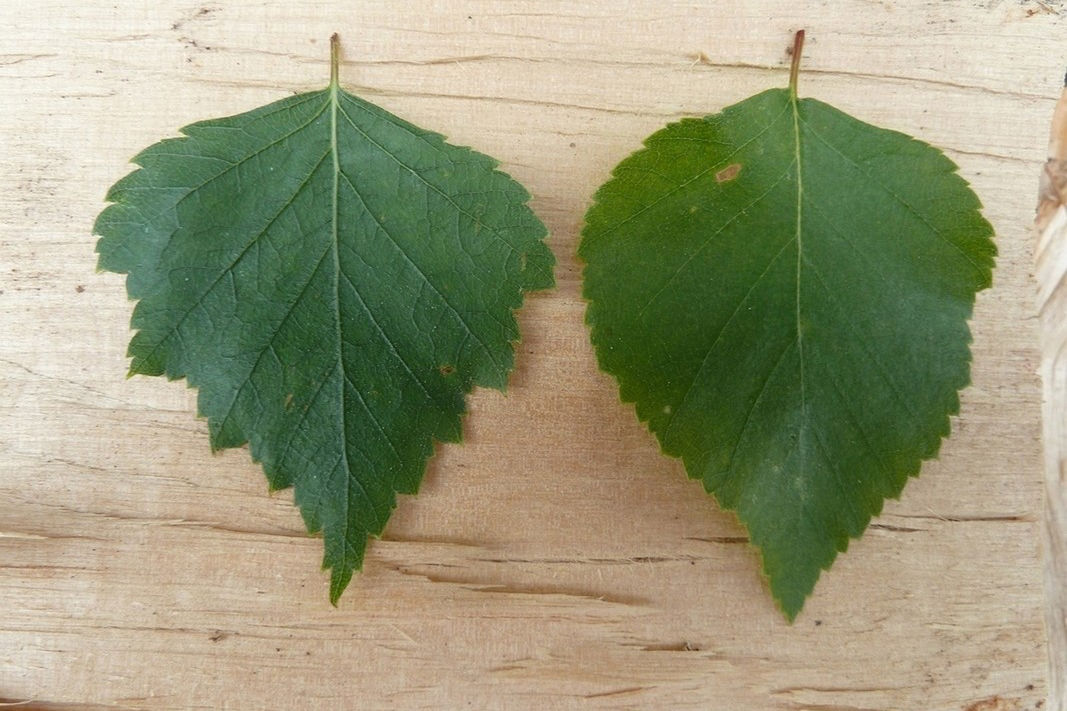
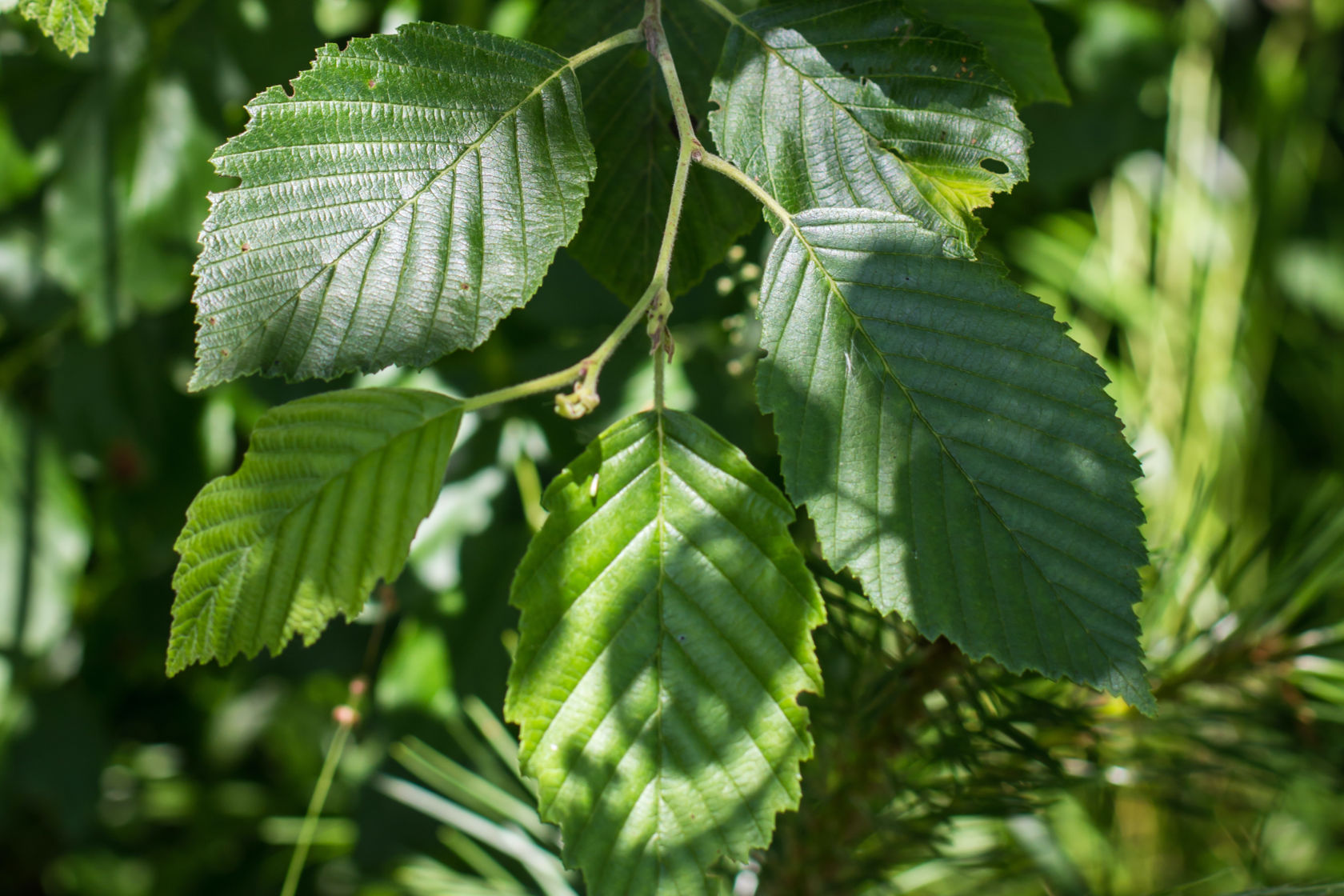
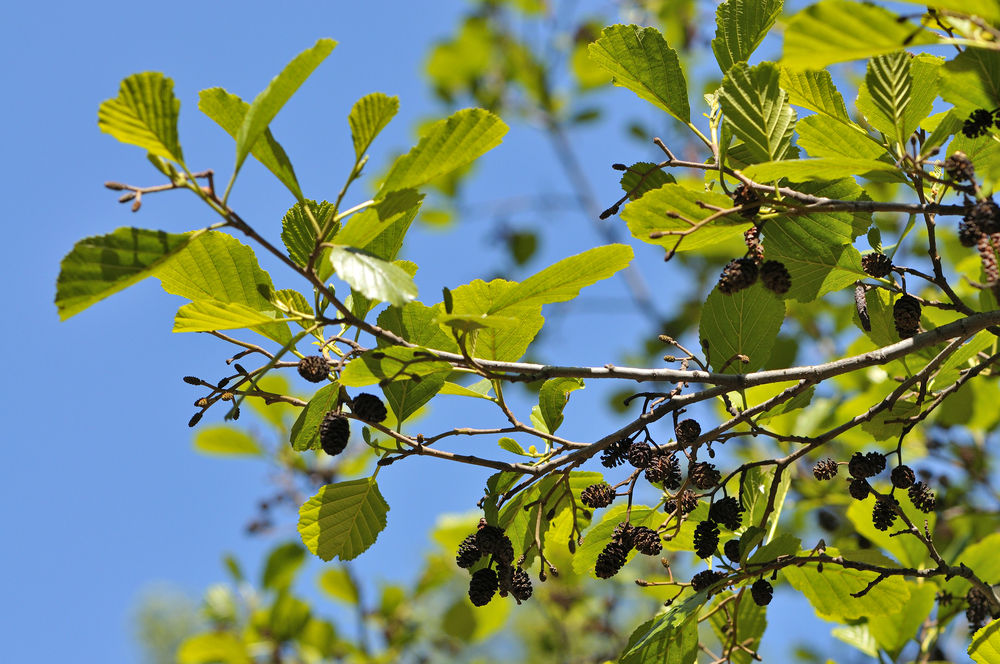
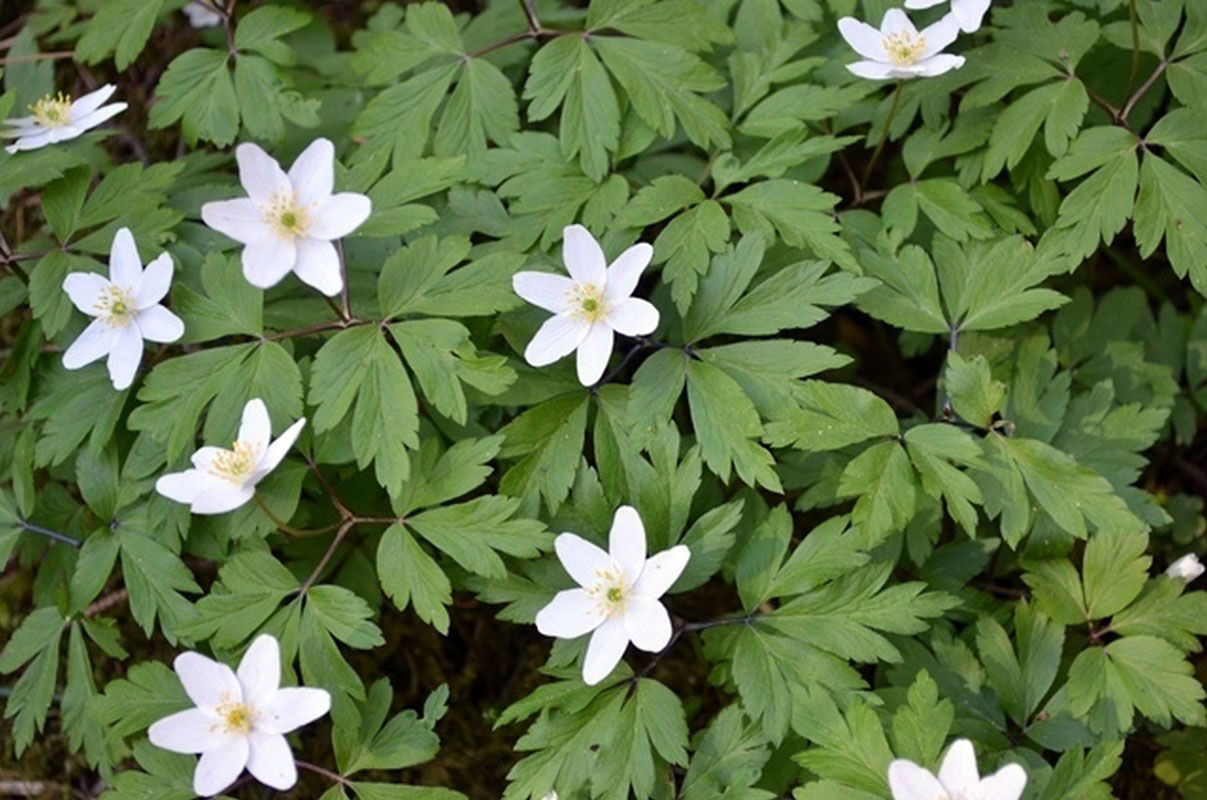
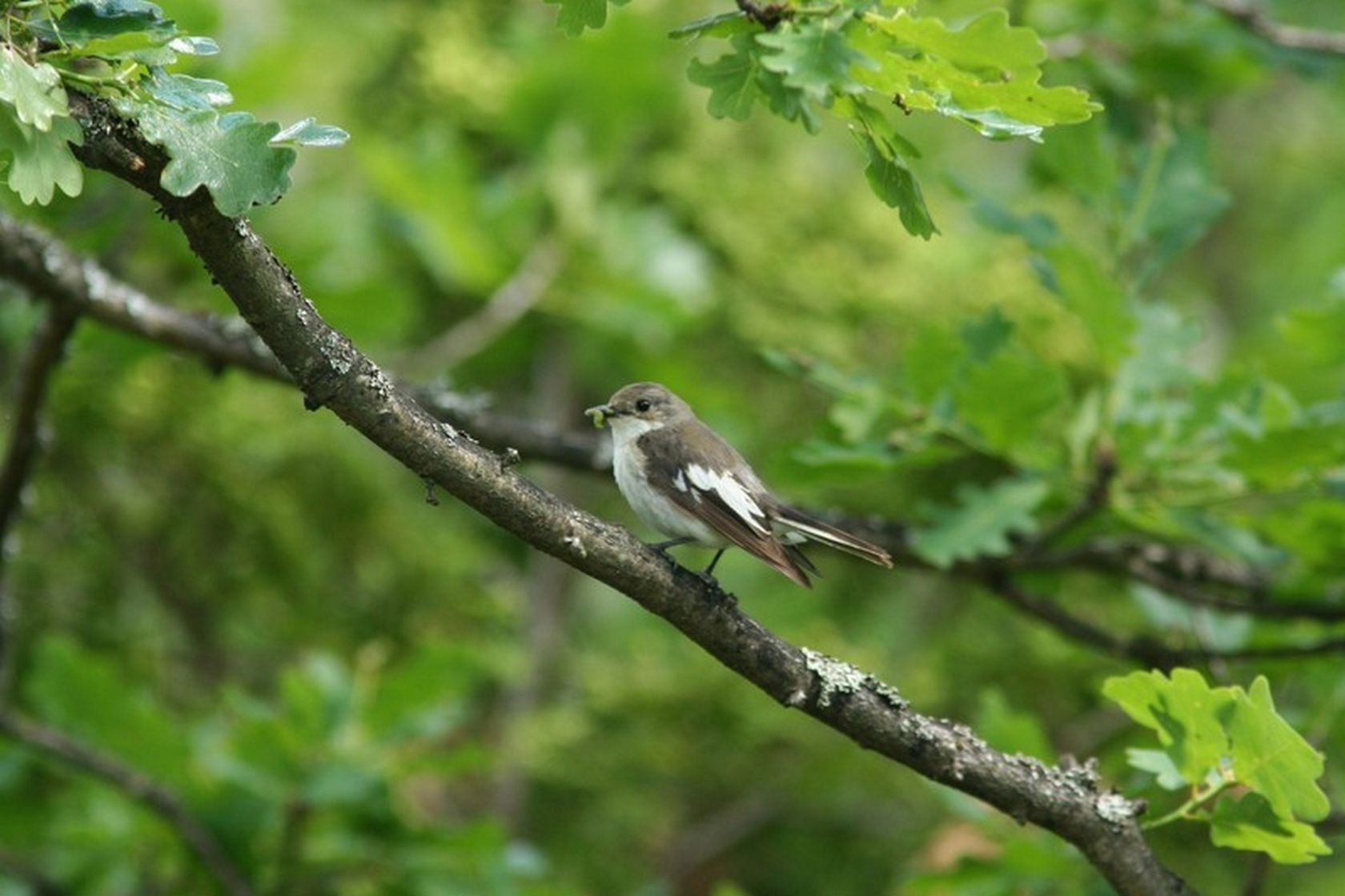
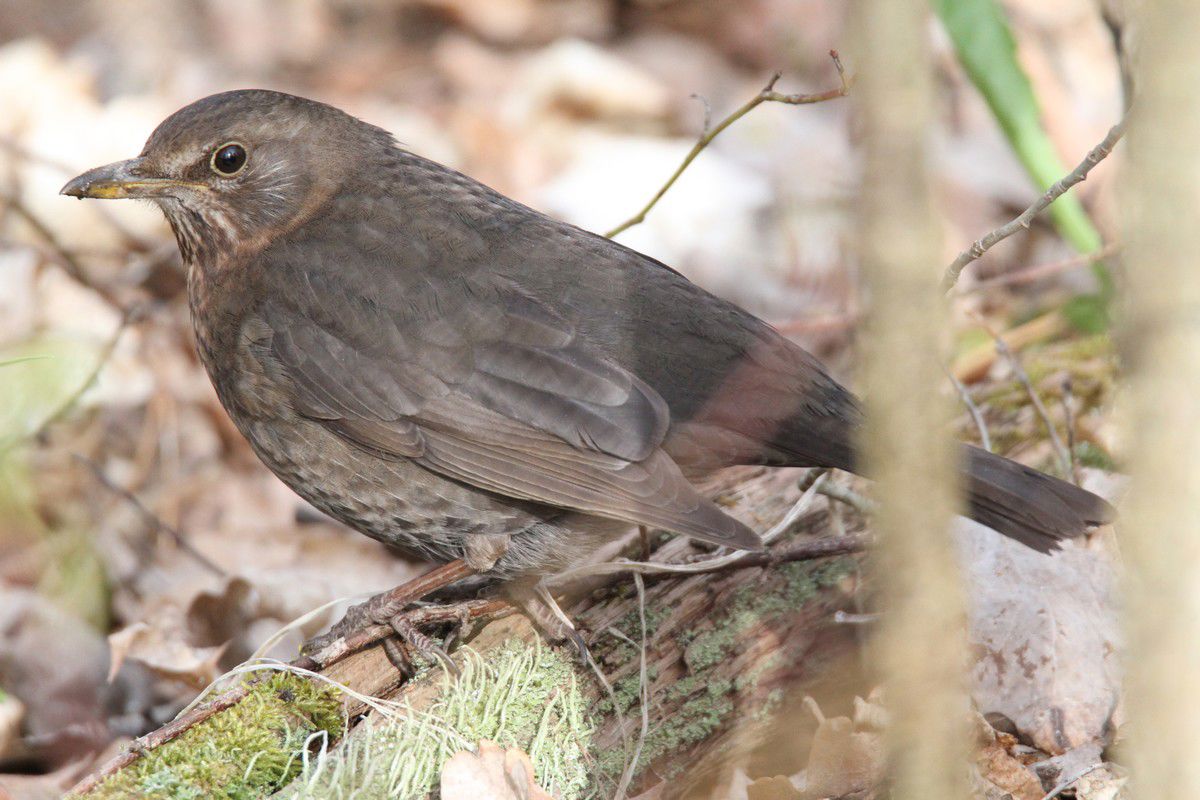
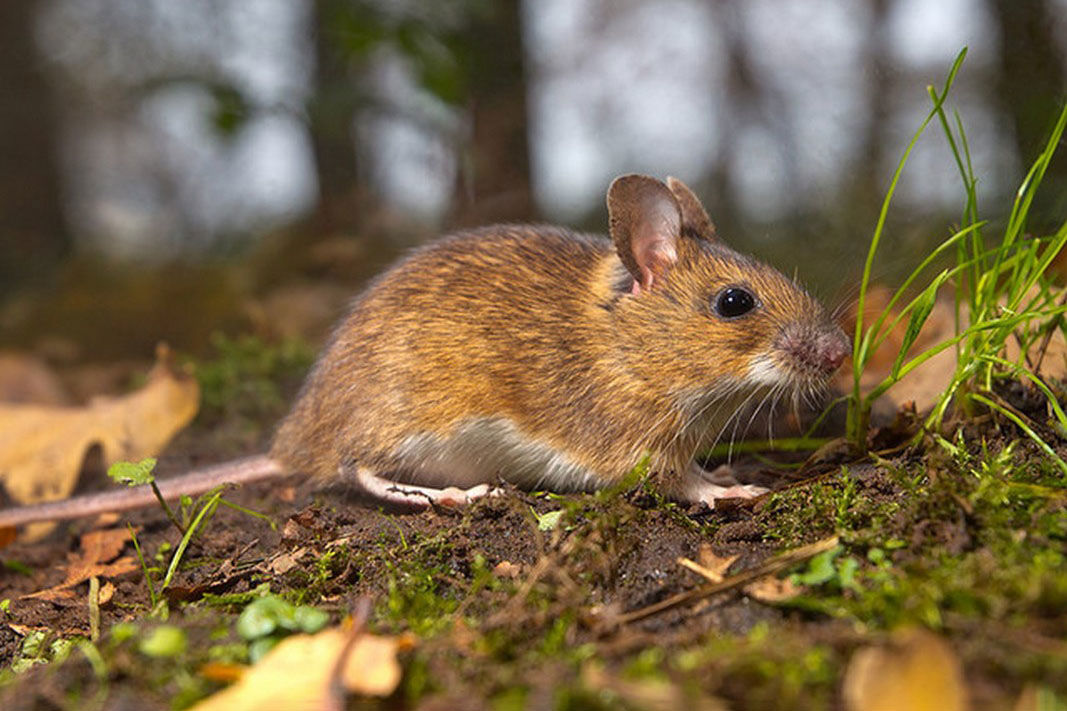
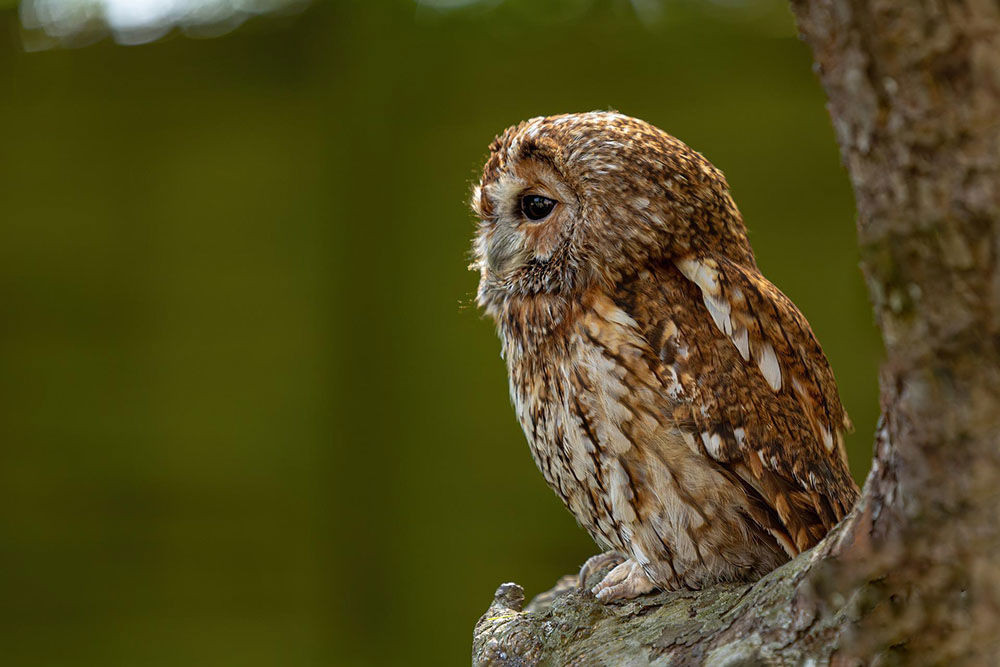
Dry pine forests are a common forest type in Northern Europe. Pine trees spread to Northern Europe from the southeast over 9 000 years ago.
Pine trees are coniferous, which means that they reproduce by producing seed-bearing cones. Pines require a lot of sunlight, and they thrive in dry environments. Pine trees have strong main roots that anchor the tree deep in the soil. This is why pine trees rarely fall during heavy storms.
Sand and gravel are well-draining soil types common to pine forests, which is why these forests are sometimes called dry taiga forests. As water passes through this type of soil quickly, the soil cannot absorb large amounts of nutrients for plants to use. The ground of a pine forest is usually covered with plants that are adapted to such barren conditions, including lichens, lingonberries and heathers.
Animals found in pine forests include voles, mice, squirrels, foxes and reindeers. Birds that can be encountered in dry taiga forests include the chaffinch, the willow warbler and various tit species.

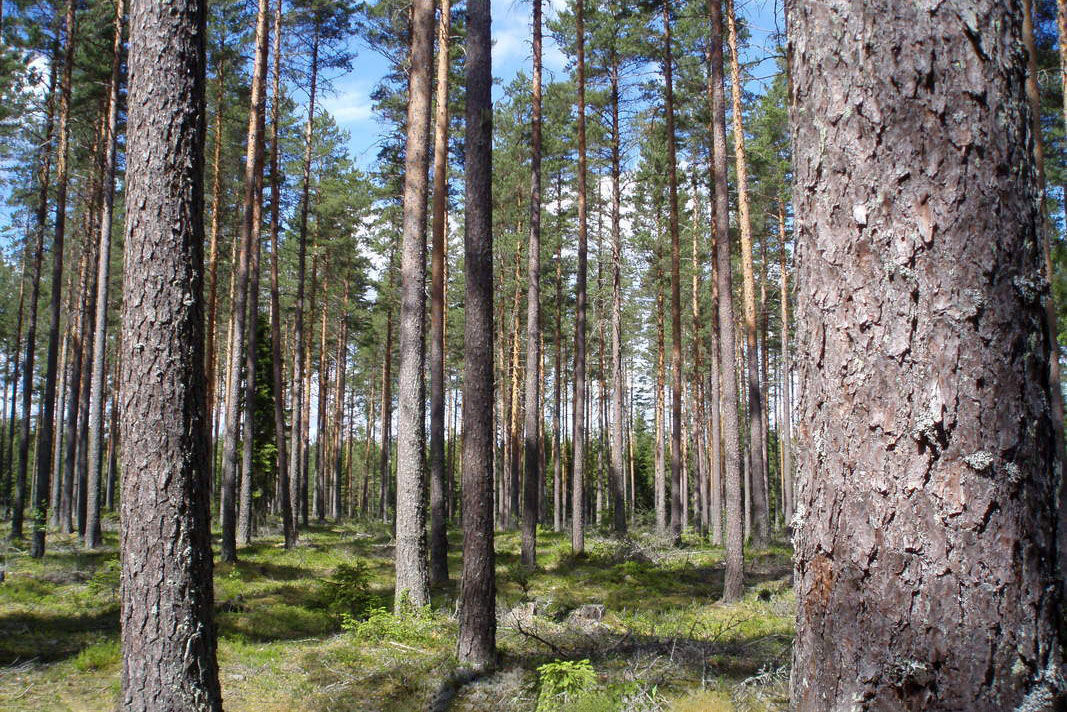
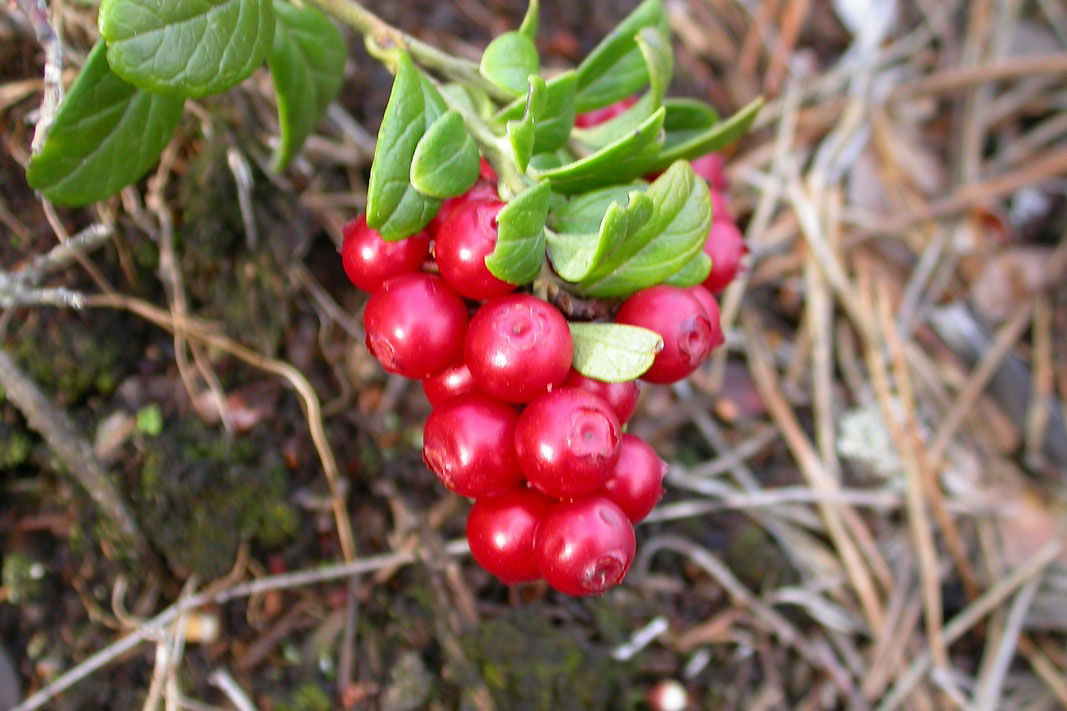
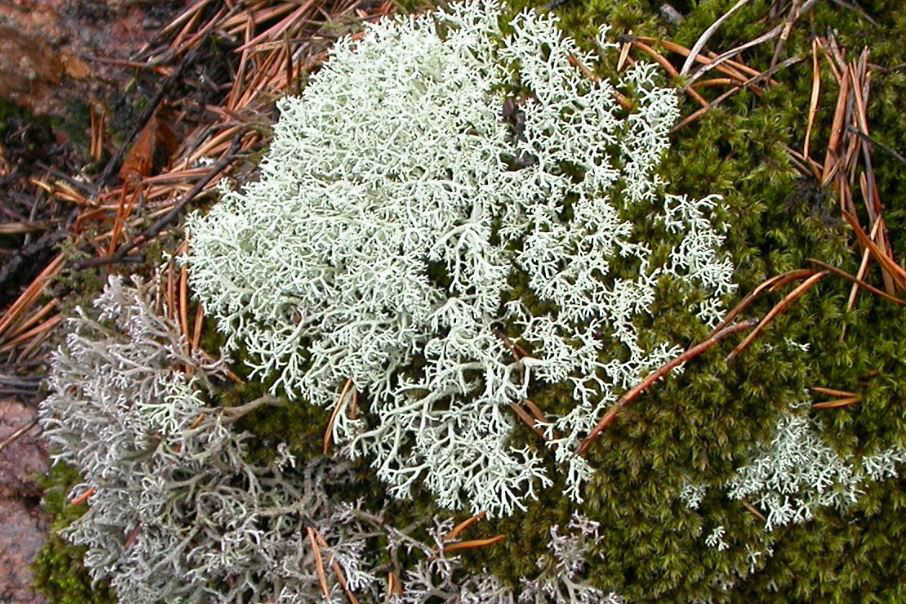
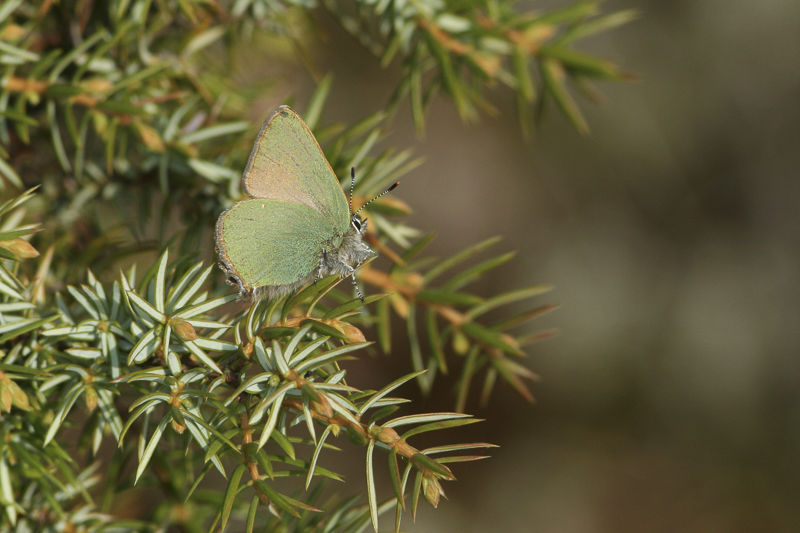
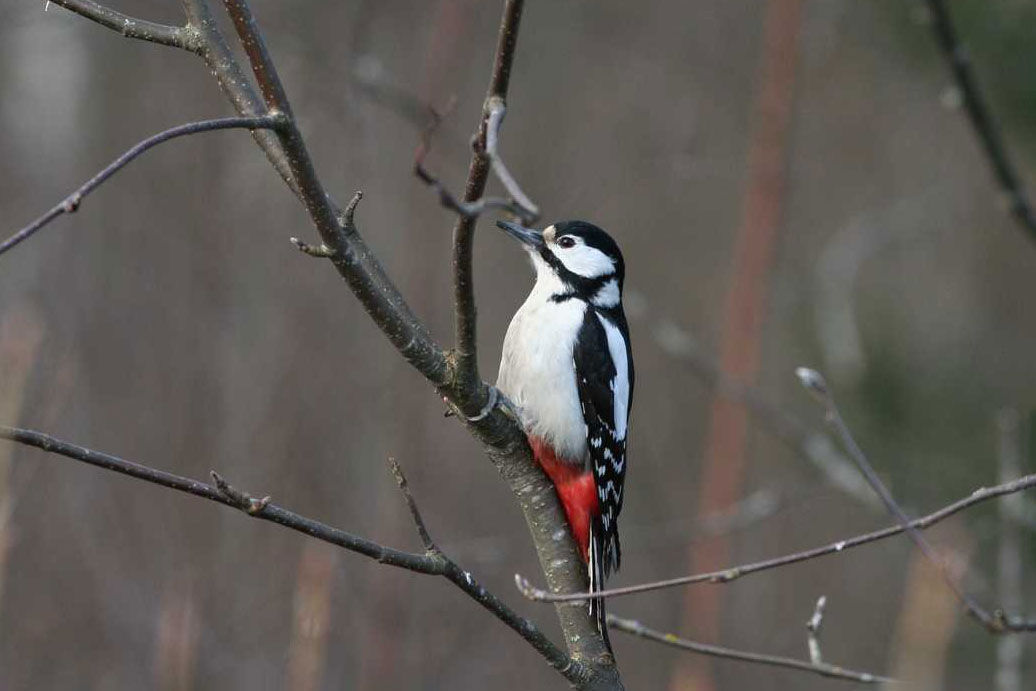
If the soil of a forest consists of more water-absorbent till, it will also store up more nutrients for plants. This type of soil often accommodates wet taiga forests where spruce is the most dominant tree species.
Spruce, like pine, is a coniferous tree species common to the forests of Northern Europe. Many broadleaf and pine forests are transformed into spruce forests over time. This is due to the fact that spruce trees are better adapted to the temperate and humid climatic conditions of Northern Europe than most other tree species.
Spruce trees thrive in shady environments. Because their branches are thick, they prevent sunlight from reaching the ground level of the forest. As a result, wet taiga forests mostly accommodate plants that are well-adapted to dark and shady conditions. The undergrowth of a young spruce forest is often rich, containing bilberries, grasses, and arctic starflowers. The oldest forests of this type are shadier, and their undergrowth consists mostly of mosses.
The most common animals of spruce forests include squirrels, coal tits, willow tits and goldcrests. Animals such as bears, voles and thrushes like to eat bilberries that grow in the forests during the autumn.
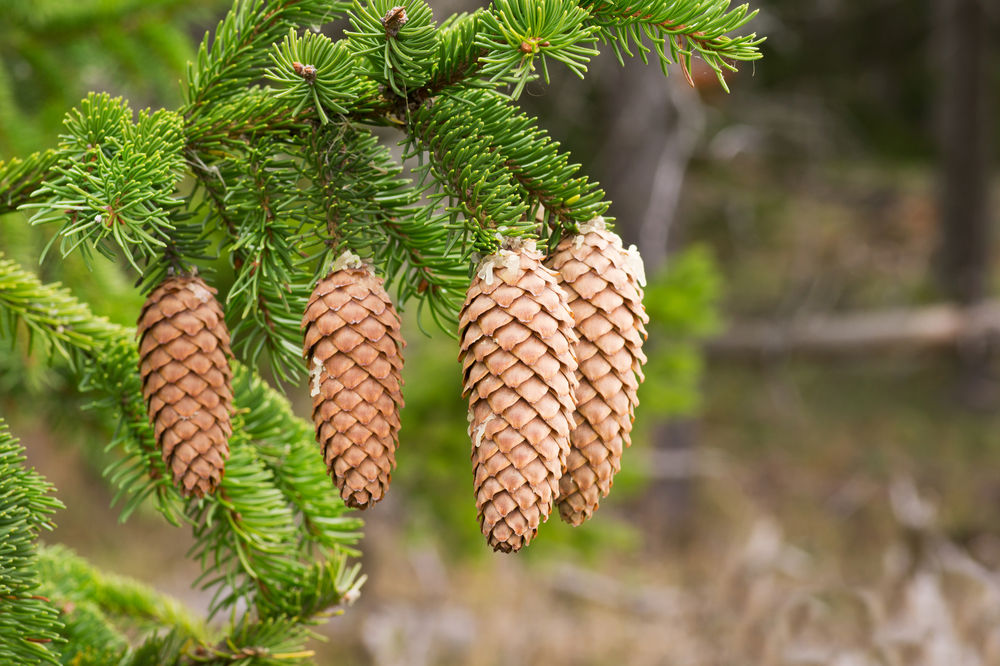
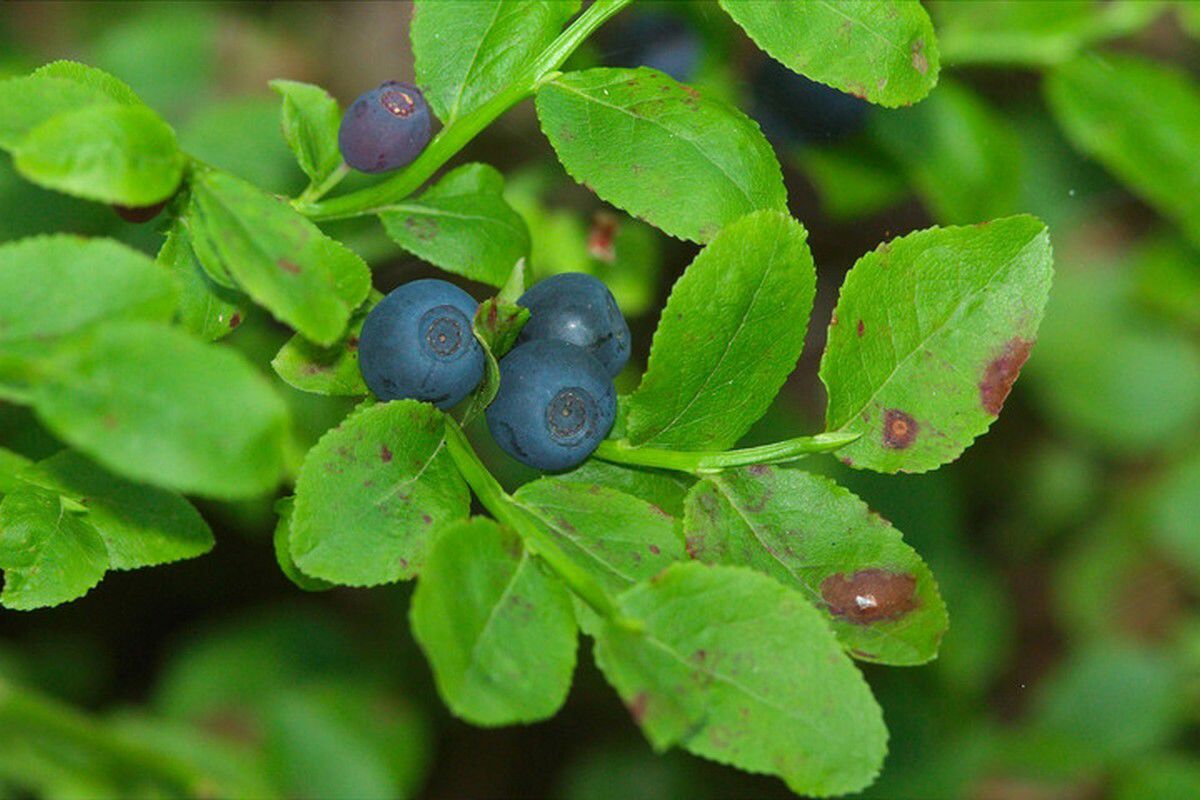
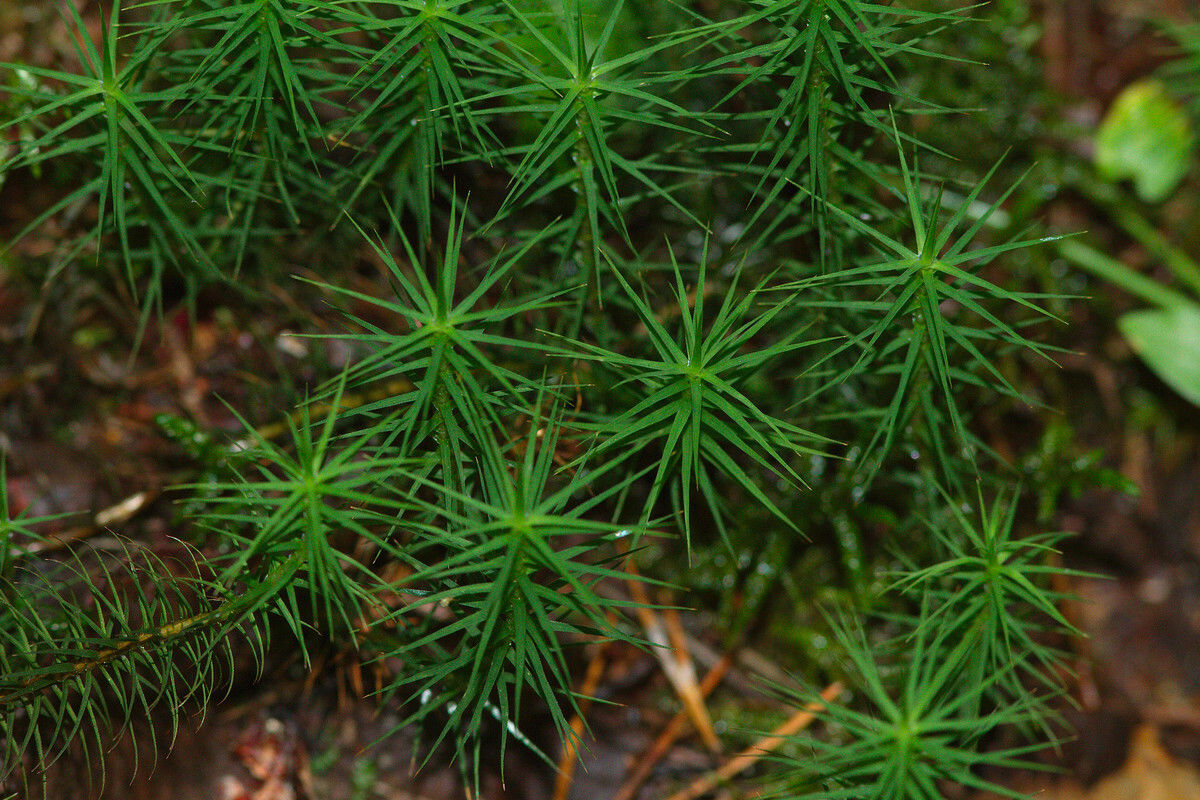
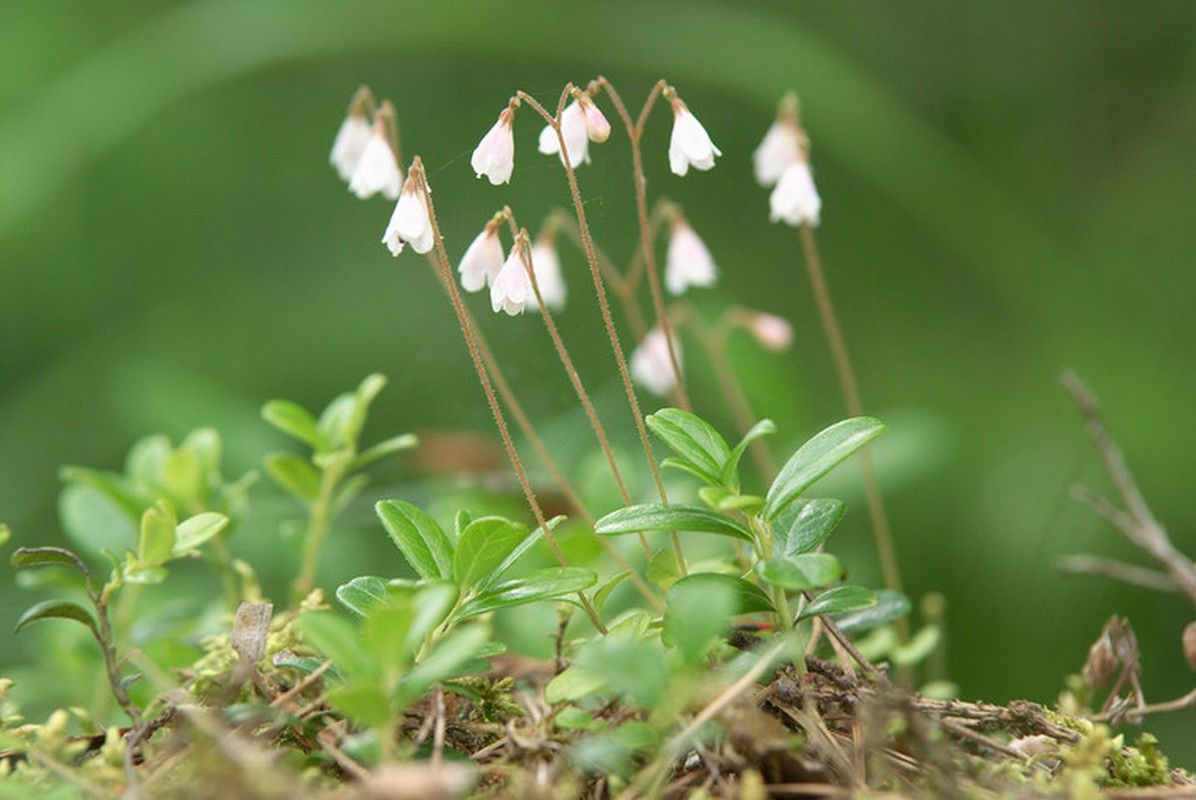
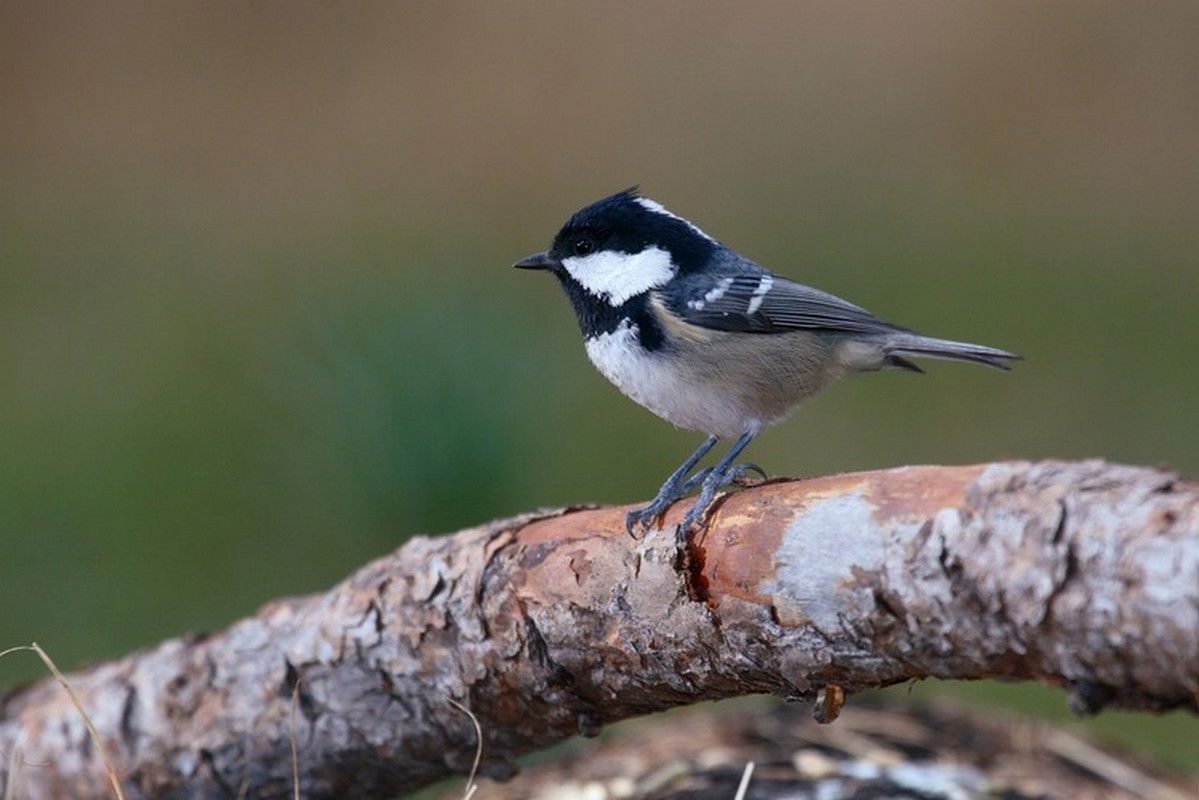
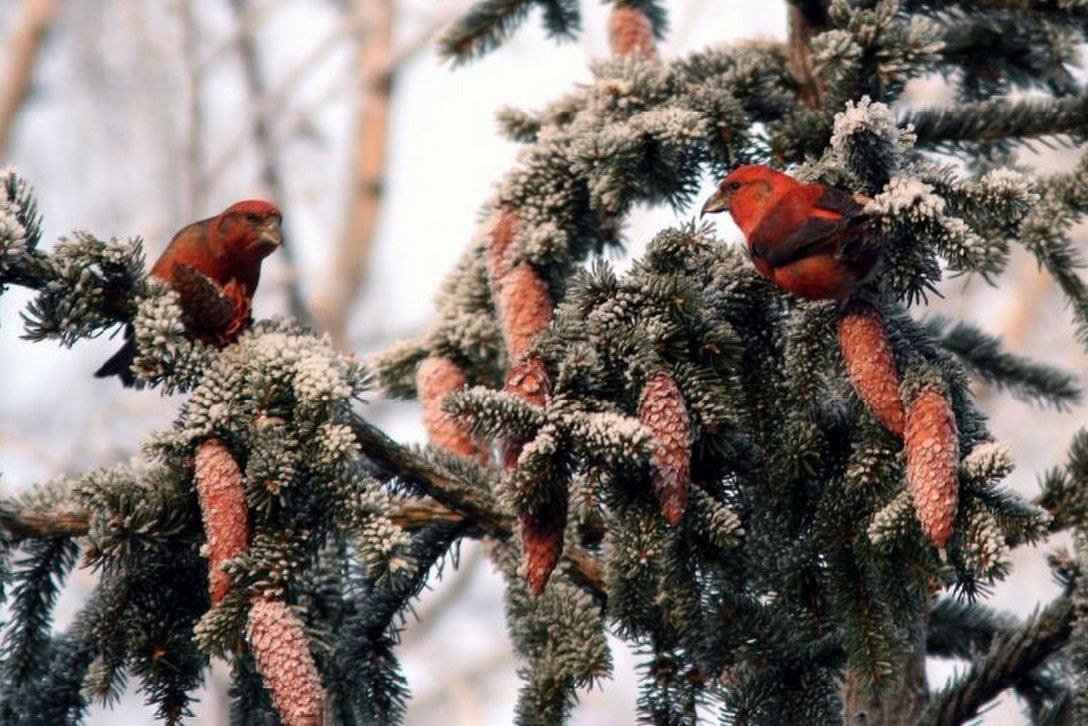
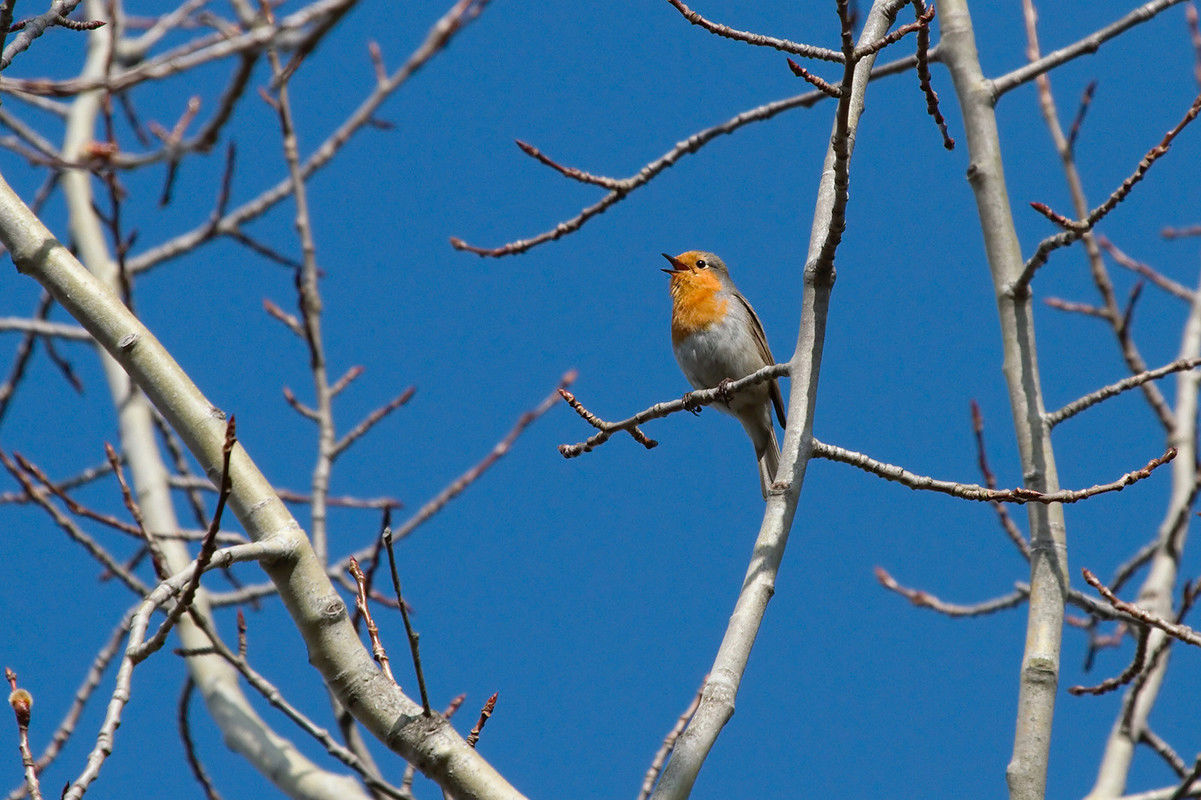
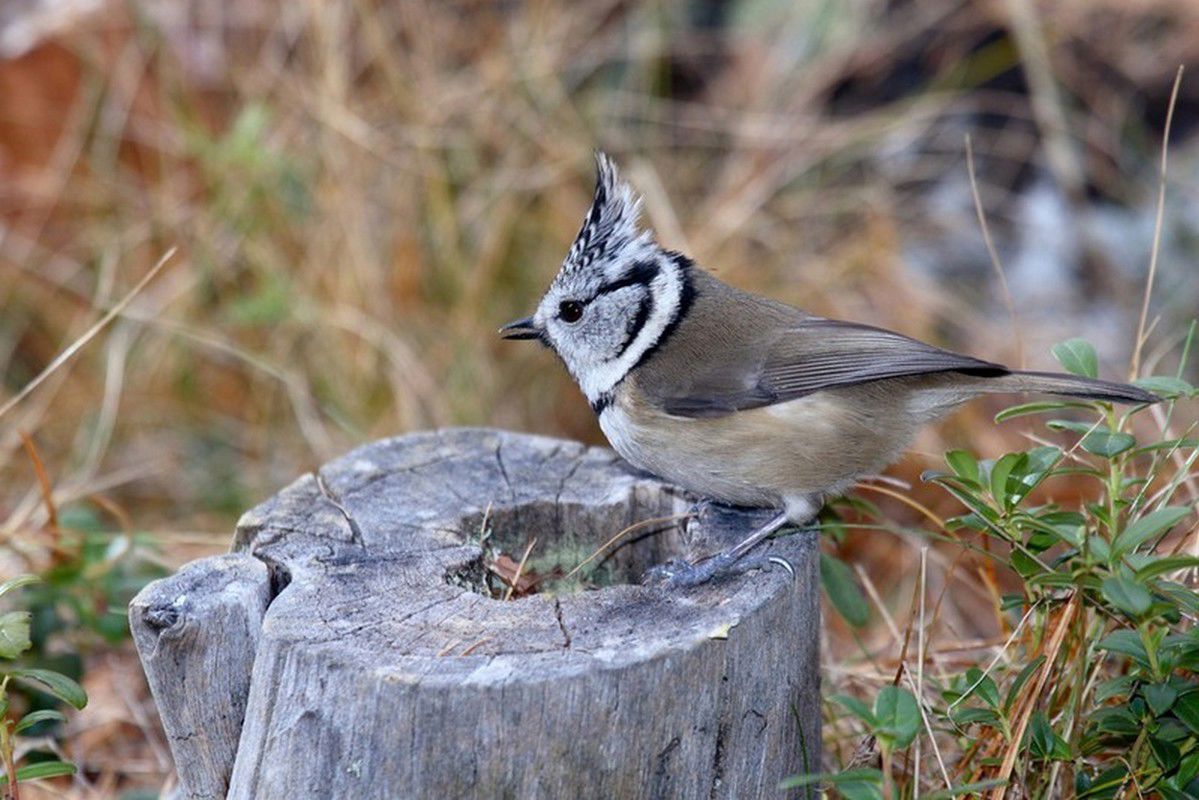
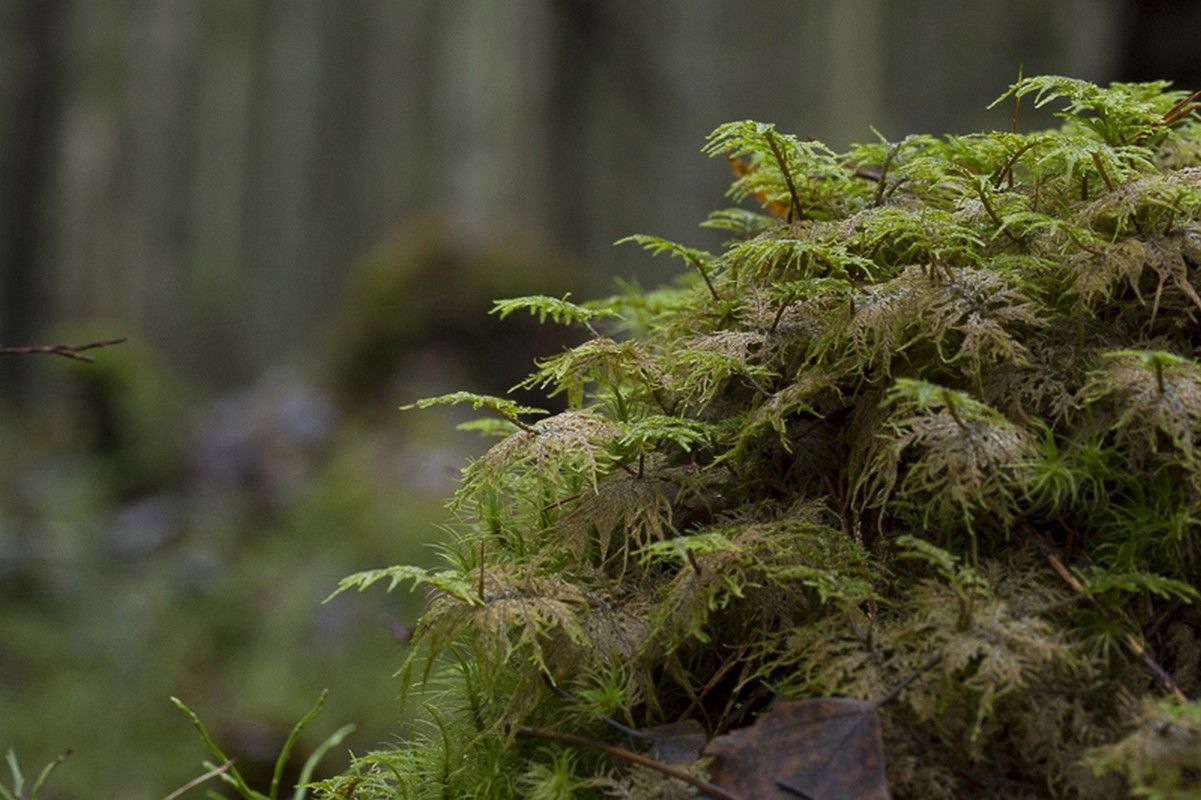
Mixed forest is a forest type where over 25 percent of the trees do not belong to the dominant species. In Northern Europe, the dominant species of a mixed forest is usually a conifer, which is joined by various broadleaf tree species.
Birch trees are the most common broadleaf trees found in the mixed forests of Northern Europe. Other broadleaf trees common to mixed forests include alders, rowans, aspens and sallows.
Many animals can be found in mixed forests, as the varied vegetation offers many kinds of foods and nesting sites for different species. The flying squirrel is an example of a species that thrives in northern mixed forests.
Bird species common to mixed forests include the redwing, the robin, the chaffinch and other migratory birds.
The number of mixed forests has gradually decreased in Northern Europe over the recent decades. The reason for this is forestry, which prefers forest types with a single dominant species, such as spruce and pine forests.

Various green spaces give colour to urban areas. Green spaces often contain plant species that thrive in the polluted air of city environments. These plants are often brought to green spaces from elsewhere, and they are watered and taken care of regularly by humans. Because of this, urban green spaces are often very different from natural ecosystems.


Parks are the most common type of urban green spaces. They are often covered by grass and contain various broadleaf tree species. They provide both humans and animals with a place to relax during warm summer days. During the autumn, the falling leaves of broadleaf trees give the city a spark of colour.
Urban forests are forests that grow either inside or next to urban areas. The plants of urban forest are not taken care of by humans, which makes them different from parks and other similar green spaces. Some urban forests are protected in order to conserve the area's biodiversity, whereas some exist to provide citizens with recreational walking, jogging or biking routes.
The animals found in parks and urban forests have grown used to humans. There are few predators and plenty of food for animals such as squirrels, hedgehogs and even foxes. The bird species that can be spotted in urban areas are largely the same that can be found in natural forests, mostly consisting of various tit and thrush species.

Forest type | Pine forest | Spruce forest | Broadleaf forest |
Ecosystem | Dry taiga forest | Wet taiga forest | Broadleaf forest |
Undergrowth | Lichen, moss, lingonberry | Various shrubs (e.g. bilberry) | Shrubs, grasses, flowers |
Soil type | Sand, gravel | Till | Nutrient-rich soil |
Availability of water | Bad | Good | Good |
Amount of light at ground level | High | Low | High in spring, low in summer |
Main tree species | Pine | Spruce | Broadleaf trees (e.g. oak) |
Animal life | Scarce | Spruce forest species | Abundant |





a) The soil type of a wet taiga forest is
b) The soil type of a dry taiga forest is
c) A broad-leaf forest develops in a place where

Mitä haluat tehdä tekstillä? Teksti käsitellään tekälyn avulla, eikä sitä sen jälkeen muokata tai tarkisteta. Tekstissä voi esiintyä virheitä. Tarkista tekstin oikeellisuus vertaamalla sitä kirjan alkuperäistekstiin.
Valitse tiedostot, jotka haluat lisätä. Tuetut formaatit ovat txt, html, htm, pdf, odt, odp, ods, xls, xlsx, ppt, pptx, pps, doc, docx, rtf, png, jpg, jpeg ja gif.
| Nimi | |
|---|---|
| poista |
Huom.! Linkkien tulee alkaa ”http://”!
Opiq käyttää verkkosivun toiminnan, turvallisen käytön varmistamisen, käytön analysoimisen ja parhaan käyttömukavuuden tarjoamisen edellyttämiä evästeitä.
Eväste on käyttäjän tietokoneelta verkkosivun palvelimeen lähetettävä pieni tiedosto, joka sisältää verkkosivun toiminnan edellyttämiä käyttäjää ja hänen tekemiä valintoja koskevia tietoja.
Isoin osa evästeistä ovat Opiqin toiminnan kannalta välttämättömiä. Analyyttisistä evästeistä voi luopua ja silloin ei sinun käyttötietojasi ei käytetä Opiqin kehittämiseen. Lue lisää